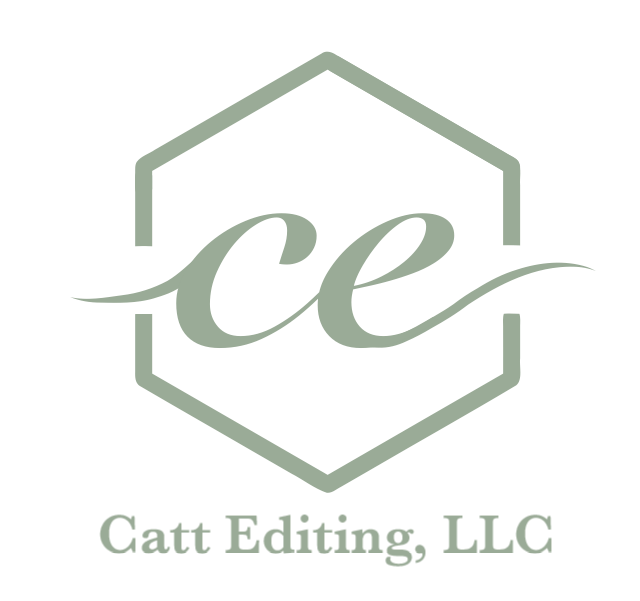Rules Are Meant to Be Broken
Rules are meant to be broken. *Gasp!* “Can she say that? Isn’t that blasphemy for an editor to say something like that? Editors are supposed to follow the rules!”
Let me tell you guys something: Editors are normally the ones advocating for breaking the rules. We are not the grammar police. (That’s someone else.) It is definitely an editor’s job to know the rules, but that doesn’t mean we have to follow them all the time.
You see, the rules of English are there to make sure the writing makes sense. You want that for your book, right? You want it to make sense. Therefore, if you know the rules and their importance, you know how to break them and still have writing that makes sense.
Clients often tell me when they first introduce themselves that they’re concerned about working with an editor because they broke a lot of rules in their writing. But as long as it makes sense still, it’s probably fine. :)
Style Sheets
I wrote a blog post about the rulebooks of English (style guides). You can learn more about them here. For each individual project, though, there is a style sheet that the editor creates, if you haven’t created one yourself. This is like a mini style guide for your project only, and it can include anything you want on it. If anything is specific to your project that needs to be noted, it goes on the style sheet.
If you decide you want to break certain rules, it’s noted on the style sheet.
If you make up names and places, it goes on the style sheet, so each spelling of those words is the same. Otherwise, your main character is sometimes Kerri and sometimes Cary and sometimes Kary and sometimes Cari. What a mess. The spelling you decide on is noted on the style sheet.
If you decide you want spaces around em dashes (—), which is not customary for CMOS, it goes on the style sheet so that new rule is followed every time and the document is consistent.
If you decide you hate when ellipses look like this . . . (the standard way) and you want it to look like this... then it goes on the style sheet. Every time there’s an ellipsis in your book, it will look how you want.
If you hate the serial comma, let’s not use it! As long as your book is consistent and it makes sense, it doesn’t really matter what rules we decide on. The best way to keep a consistent book is to create and follow a style sheet!
Talk to Your Editor
Working with an editor and voicing your opinion is important to make your book how you want. Even when you hire us, you’re still in charge—it’s still your book. It won’t make me cry to spell it “towards” (the UK version) rather than “toward” (the US version).
Things like this really don’t matter because the writing still makes sense. There are rules to make it understandable, but if you want to break the rules (and still have the writing make sense), let’s do it! Count me in.
One last thing: If you use more than one editor or a different proofreader, you can ask your old editor for the style sheet and send it to the new editor so they can be up to speed without having to ask you all the questions all over again.
If you have more questions about any of these topics, feel free to email me! If you’re looking for professional help, you can hire me as an editor or proofreader! Contact me here! Happy writing!
To get updates about more free tips and advice from experts (like this), make sure to subscribe here!
